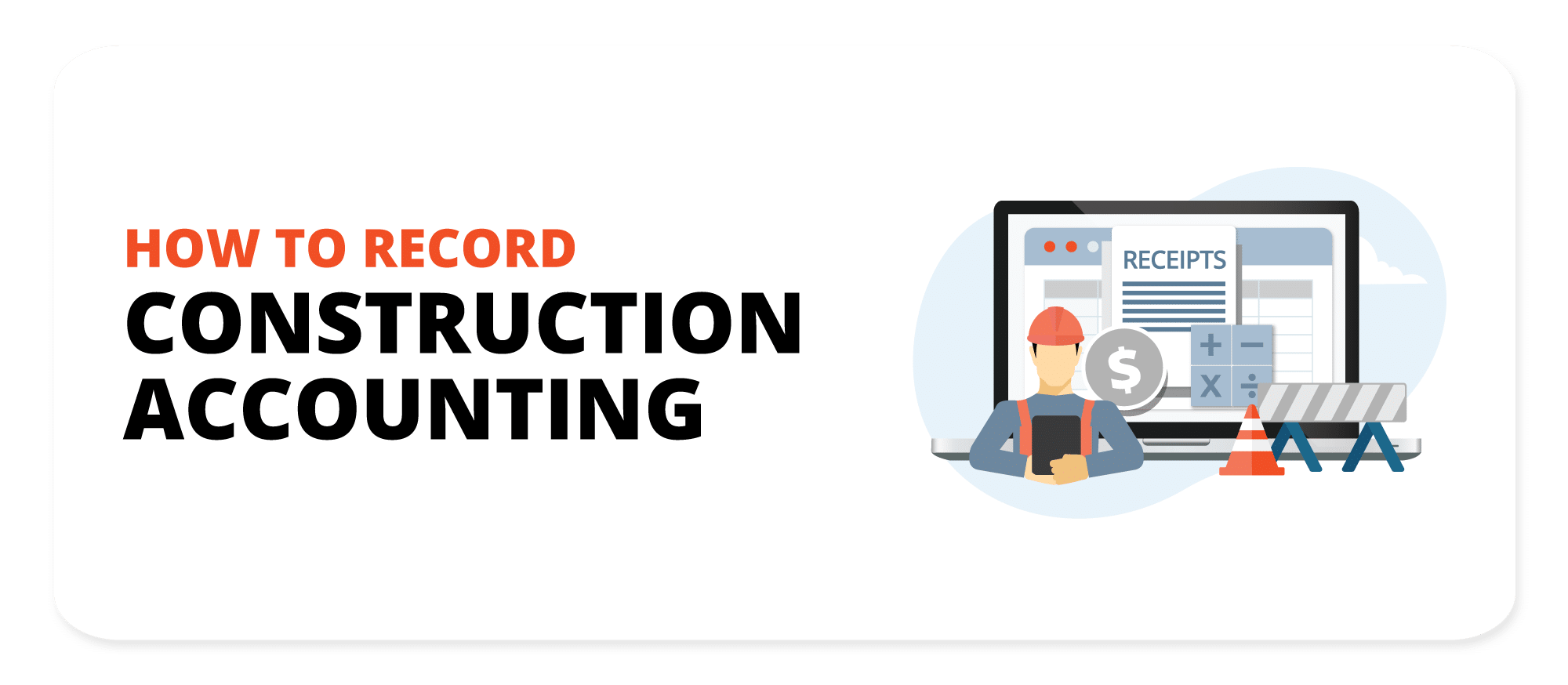How Construction Accounting Software Simplifies Financial Tracking
How Construction Accounting Software Simplifies Financial Tracking
Blog Article
Mastering Construction Accounting: Crucial Tips for Financial Success in the Market
Understanding building and construction audit is a vital element for monetary success within the market, as it includes various methods that directly effect task profitability. Discovering these neglected techniques might disclose opportunities that might transform your strategy to construction accountancy.
Understanding Construction Accountancy Essentials
Recognizing the basics of building audit is important for efficient job monitoring and monetary oversight in the building market. Building and construction accountancy varies substantially from typical audit techniques because of the unique obstacles positioned by project-based job, including variable prices, changing timelines, and complicated regulative needs.
An essential aspect of construction accounting is work setting you back, which involves monitoring costs for each and every particular project. This method enables service providers to precisely assess profitability and make notified monetary choices. In addition, building audit encompasses using progress billing, where billings are issued based upon the portion of job finished, making sure capital is kept throughout the task lifecycle.
An additional crucial part is the management of change orders, which represent modifications to the original contract scope. Appropriate paperwork and bookkeeping for these changes are essential to stop economic disagreements and make certain precise task budgeting.
Finally, recognizing the relevance of conformity with sector laws and tax obligation demands is vital. Precise financial reporting and adherence to audit criteria not just safeguard against lawful issues however likewise boost the reliability of building and construction companies. Grasping these essentials establishes the structure for effective financial management within the building and construction industry.
Effective Project Budgeting Techniques
Efficient job budgeting techniques are critical for making sure that building and construction tasks stay monetarily practical and on track. A well-structured budget plan serves as a roadmap, directing job managers via the complexities of construction expenses.
Following, employing historical data from past jobs can considerably improve the accuracy of budget quotes. By assessing previous expenditures, groups can recognize price trends and potential mistakes. Moreover, involving stakeholders during the budgeting procedure cultivates openness and safeguards buy-in, which can reduce conflicts later.
On top of that, embracing a detailed line-item spending plan enables precise tracking of costs linked with materials, labor, and expenses. This granularity enables job managers to determine variances early and adjust strategies accordingly. In addition, incorporating contingency allocations within the spending plan can help make up unanticipated expenses, guarding the task against monetary stress.
Finally, normal budget plan examines throughout the job lifecycle make sure that monetary objectives continue to be lined up with job objectives, assisting in prompt interventions when required. Carrying out these strategies can substantially add to the financial wellness and success of construction jobs.
Enhancing Price Tracking Procedures
Exact price tracking processes are essential in the building and construction market, as they often determine the economic success of a job. Effective tracking allows job supervisors to keep an eye on expenses in real-time, ensuring they remain within budget and can make enlightened choices quickly. To simplify these procedures, it is important to take on an organized method that integrates innovation and well established methods.
First, utilizing specialized building audit software can automate information entrance and coverage, minimizing human mistake and raising effectiveness. construction accounting. Such software application typically consists of functions for tracking labor, materials, and subcontractor prices, offering a detailed view of task expenditures
Second, standardizing procedures for taping costs throughout jobs improves consistency and streamlines analysis. Establishing a clear chart of accounts customized to the distinct needs of building and construction jobs can help with precise classification of costs.
Lastly, normal training for personnel on the relevance of precise cost tracking and the tools utilized in the process advertises accountability. By implementing these approaches, construction firms can dramatically enhance their price monitoring procedures, resulting in enhanced economic control and job profitability. Eventually, a well-structured strategy to cost monitoring prepares for effective task management and long-lasting financial sustainability.
Handling Cash Money Flow Efficiently

Consistently keeping track of money circulation declarations is necessary. By assessing money inflows and discharges, companies can identify fads and prospective shortages. This practice helps with prompt changes to investing or settlement schedules, avoiding cash money lacks that might jeopardize project timelines.

Finally, maintaining a financial padding or line of credit report can offer a safeguard during lean durations. Utilizing these strategies will certainly lead to a more secure monetary foundation, enabling building and construction companies to browse the sector's intrinsic unpredictabilities with higher self-confidence.
Staying Clear Of Usual Accountancy Mistakes
In the complicated landscape of building accountancy, preventing common risks is necessary for maintaining financial stability and job success. One prevalent problem is poor record-keeping. Building and construction tasks often involve countless transactions, and falling short to document them appropriately can result in discrepancies and financial losses. It is critical to implement a robust system for tracking expenditures, labor, and materials.
One more mistake is the mismanagement of change orders. Change orders are an all-natural part of construction tasks, but without appropriate bookkeeping for these modifications, business might have a hard time to redeem costs. Establishing a clear process for recording and approving modification this page orders can reduce this threat.
In addition, neglecting to resolve accounts frequently can result in inaccurate financial statements and impede decision-making. Routine settlement makes certain that records line up with bank declarations and job documentation.
Last but not least, neglecting tax obligations can have severe repercussions. It is essential to stay notified about tax laws specific to the building sector, consisting of sales tax on products and labor.
Conclusion
Understanding building and construction bookkeeping is critical for accomplishing economic success within the market. Prioritizing compliance and attending to usual accounting challenges strengthens reliability and supports long-lasting profitability, eventually promoting a sustainable affordable advantage in the building and construction field.
Report this page